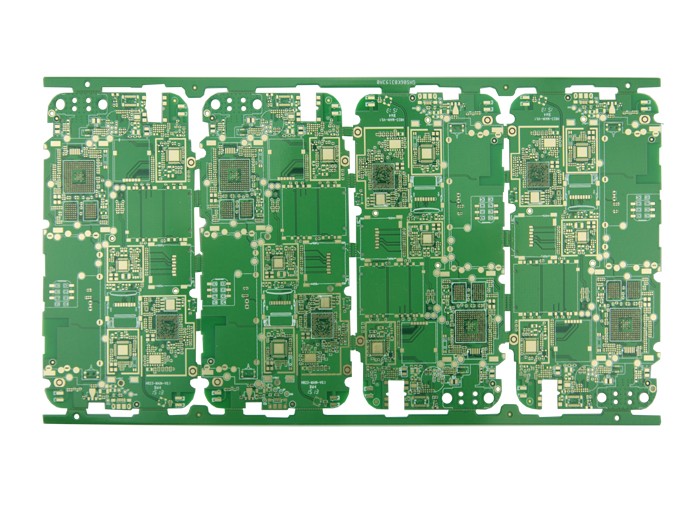The filtering at the analog power supply is often an LC circuit. But why sometimes LC is less effective than RC filtering?
The comparison of LC and RC filtering effects must consider whether the frequency band to be filtered and the choice of inductance are appropriate. Because the inductance (reactance) of the inductor is related to the inductance value and frequency. If the noise frequency of the power supply is low and the inductance value is not large enough, the filtering effect may not be as good as RC. However, the price to pay for using RC filtering is that the resistor itself consumes energy and has poor efficiency, and pay attention to the power that the selected resistor can withstand.

2. What is the method of selecting the inductor when filtering?
In addition to considering the noise frequency that you want to filter out, the inductance value should also be considered for the instantaneous current response capability. If the output terminal of the LC has a chance to output a large current instantaneously, too large an inductance value will hinder the speed of the large current flowing through the inductor and increase ripple noise.
The capacitance value is related to the size of the ripple noise specification value that can be tolerated. The smaller the ripple noise value requirement, the larger the capacitance value. The ESR/ESL of the capacitor will also have an impact.
In addition, if the LC is placed on the output of a switching regulation power, pay attention to the influence of the pole/zero generated by the LC on the stability of the negative feedback control loop. .
3. How to meet EMC requirements as much as possible without causing too much cost pressure?
The cost increase on the PCB board due to EMC is usually due to the increase of the number of ground layers to enhance the shielding effect and the addition of ferrite bead, choke and other high-frequency harmonic suppression devices. In addition, it is usually necessary to match the shielding structure on other institutions to make the entire system pass the EMC requirements. The following only provides several PCB design techniques to reduce the electromagnetic radiation effect generated by the circuit.
(1), as far as possible, choose a device with a slower signal slew rate to reduce the high frequency components generated by the signal.
(2). Pay attention to the placement of high-frequency components, and do not get too close to the external connector.
(3). Pay attention to the impedance matching of high-speed signals, the wiring layer and its return current path to reduce high-frequency reflection and radiation.
(4). Place sufficient and appropriate decoupling capacitors on the power supply pins of each device to alleviate the noise on the power plane and ground plane. Pay special attention to whether the frequency response and temperature characteristics of the capacitor meet the design requirements.
(5). The ground near the external connector can be properly separated from the ground, and the ground of the connector can be connected to the chassis ground.
(6), ground guard/shunt traces can be appropriately used beside some special high-speed signals. But pay attention to the influence of guard/shunt traces on the characteristic impedance of the trace.
(7), the power layer is 20H shrinking from the ground layer, and H is the distance between the power layer and the ground layer.
4. When there are multiple digital/analog function blocks in a PCB board, the conventional method is to separate the digital/analog ground. What is the reason?
The reason for separating the digital/analog ground is because the digital circuit will generate noise in the power and ground when switching between high and low potentials. The magnitude of the noise is related to the speed of the signal and the magnitude of the current. If the ground plane is not divided and the noise generated by the digital area circuit is large and the analog area circuits are very close, even if the digital-to-analog signals do not cross, the analog signal will still be interfered by the ground noise. That is to say, the non-divided digital-to-analog method can only be used when the analog circuit area is far from the digital circuit area that generates large noise.
The above is an introduction to the basic knowledge of PCB design techniques. Ipcb is also provided to PCB manufacturers and PCB manufacturing technology.